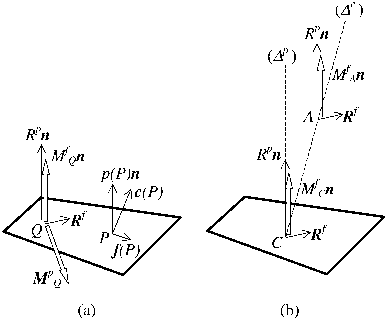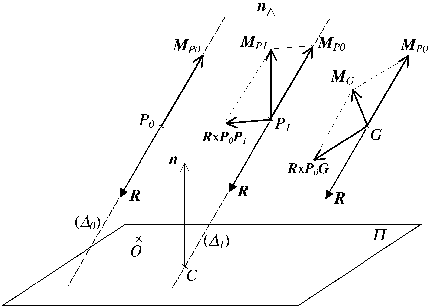




Did you find this useful? Give us your feedback











343 citations
...The flat surface approach was first proposed by Takanishi et al. (1990) and later used by Sardain and Bessonnet (2004) ....
[...]
285 citations
226 citations
196 citations
...The “projection of the center of mass” criterion cannot therefore discriminate correctly cases where the system can remain static from cases where it can’t....
[...]
171 citations
2,050 citations
...Of the earlier works related to control carried out with the ZMP concept, only one is referred to here: in the Honda biped robots, an application of the CoP-ZMP control has been implemented, showing that the CoP notion is related to contact forces, and that of the ZMP to gravity plus inertia forces [9]....
[...]
...It should be noted that this particular axis does not pass through the global CoM , although some authors draw as such in their diagrams (as in [8] and [9] ), and although some stability criteria are based on the position of the projection of the CoM along (see [13] for a bibliography)....
[...]
...It is a key point in the control of the Honda biped robots [9]....
[...]
625 citations
...The ZMP concept was introduced and developed in [6] and [7]....
[...]
559 citations
546 citations
...The ZMP concept was introduced and developed in [6] and [7]....
[...]
528 citations
...For a complete bibliography, see [8] and [13]....
[...]
...It should be noted that this particular axis does not pass through the global CoM , although some authors draw as such in their diagrams (as in [8] and [9] ), and although some stability criteria are based on the position of the projection of the CoM along (see [13] for a bibliography)....
[...]
...It has been exhaustively reviewed in [8]....
[...]
The field of pressure forces (normal to the sole) is equivalent to a single resultant force, exerted at the point where the resultant moment is zero.
The forces acting on a walker can be separated in two categories: 1) forces exerted by contact and 2) forces transmitted without contact (gravity and, by extension, inertia forces).
The major advantage of the CoP-ZMP concept is that this point can be measured: measuring the contact pressure forcemoment allows the CoP to be reconstructed, and the ZMP by coincidence, and therefore the corresponding part of the gravityinertia forces.
The resultant of the gravity plus inertia forces (superscript ) may be expressed as(8)and the moment about any point as(9)where is the total mass, is the acceleration of the gravity, is the center of mass (CoM) of the biped, is the acceleration of , and is the rate of angular momentum at .
According to the authors, the virtual ZMP is a weighting function of the local ZMP’s and , such that(23)where is a function varying continuously from 0 to 1.